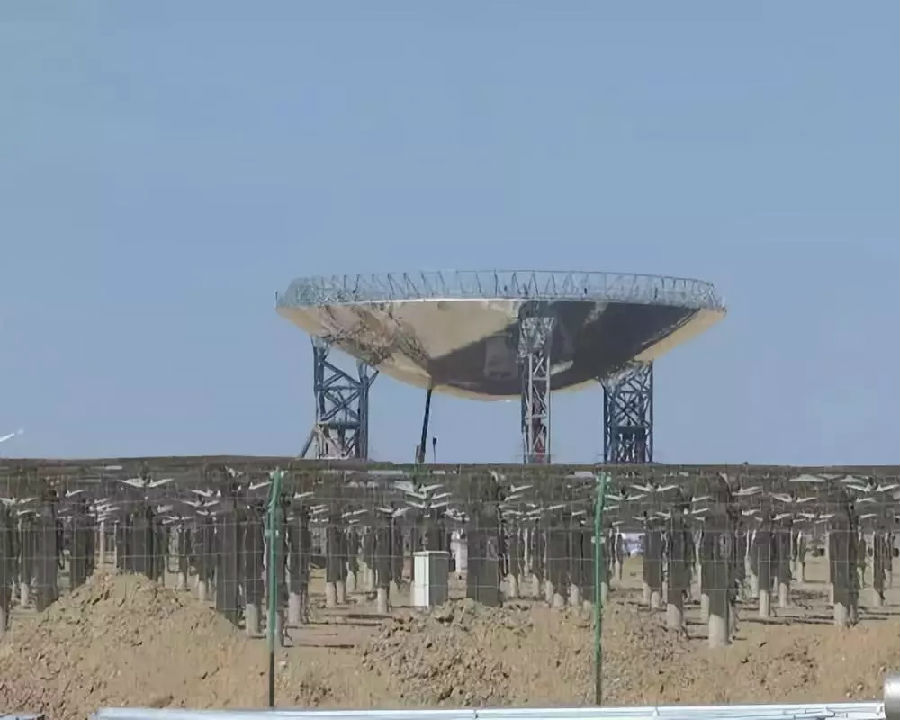
The novel design, published in Solar Energy journal in September 2019, combines both the solar receiver and the energy storage system in the same unit. While current CSP designs use molten salts contained in tanks on the ground for energy storage -far from the solar receiver at the top of the tower where the heat is collected-, the team proposes combining both solar receiver and storage in the same unit, located on the ground, under a beam-down optical reflecting system. Although the idea builds on earlier research, the novelty of this solar receiver design resides in the incorporation of storage in rocks and fan-driven hot air in a single unit.
According Song Yang, co-author of the study, “the advantage of our novel integrated receiver storage system is a more cost effective compact structure, and it also has higher charging efficiency and absorber efficiency compared to the conventional receiving systems with separated receiver and storage units”. The system is therefore able to save costs associated to the construction of separate thermal energy storage tanks, linked to the ability to reach higher temperatures, presenting a good solar to exergy conversion ratio (how much thermal energy can be converted to power) of 52% and charging and discharging efficiencies well beyond 99% and 92% at 770°C.
The rocks/heated air combination allows for a much wider working temperature range than current CSP designs. Molten salt storage is good at transferring heat, but it has a working temperature range between from 290°C – 560°C (it shall not get hotter or it will become unstable about around 600°C). Using rocks allows a much greater working range since they are heated from outdoor air temperature (from say 10°C to around 700°C), resulting in a much higher efficiency and lowering the final production cost of electricity. “Rocks can suffer much higher temperatures than molten salts, up to 800°C,” Yang pointed out. “Why not use rocks? They are cheap and easy to access. So our new design can probably make a high temperature dispatchable CSP possible.”
Further information: https://www.solarpaces.org/novel-csp-design-combines-the-solar-receiver-with-thermal-energy-storage/
